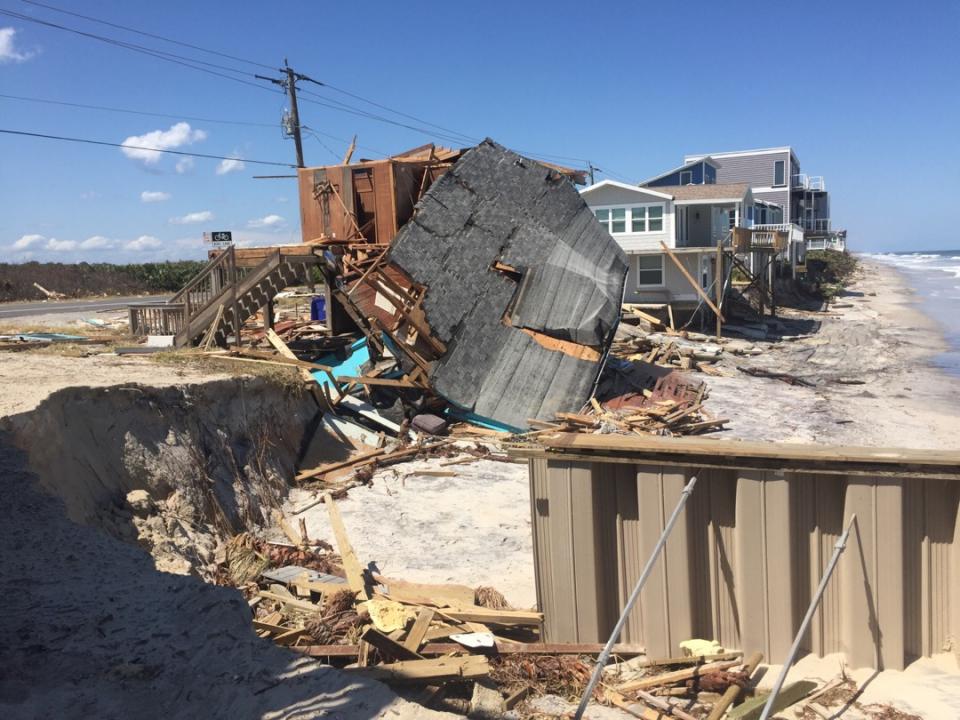
PUBLICATIONS
Published works

Improved treatment of non-stationary conditions and uncertainties in probabilistic models of storm wave climate
| Title | Improved treatment of non-stationary conditions and uncertainties in probabilistic models of storm wave climate |
| Publication Type | Journal Article |
| Year of Publication | 2017 |
| Authors | Davies, G, Callaghan, D, Gravois, U, Jiang, W, Hanslow, D, Nichol, S, Baldock, T |
| Journal | Coastal Engineering |
| Volume | 127 |
| Start Page | 1 |
| Pagination | 1-19 |
| Date Published | 09-2017 |
| Abstract | A framework is presented for the probabilistic modelling of non-stationary coastal storm event sequences. Such modelling is required to integrate seasonal, climatic and long-term non-stationarities into coastal erosion hazard assessments. The framework is applied to a study site on the East Australian Coast where storm waves are found to exhibit non-stationarities related to El Niño-Southern Oscillation (ENSO) and seasonality. The impact of ENSO is most prominent for storm wave direction, long term mean sea level (MSL) and the rate of storms, while seasonal non-stationarity is more ubiquitous, affecting the latter variables as well as storm wave height, duration, period and surge. The probabilistic framework herein separates the modelling of ENSO and seasonal non-stationarity in the storm wave properties from the modelling of their marginal distributions, using copulas. The advantage of this separation is that non-stationarities can be straightforwardly modelled in all storm wave variables, irrespective of whether parametric or non-parametric techniques are used to model their marginal distributions. Storm wave direction and steepness are modelled with non-parametric distributions whereas storm wave height, duration and surge are modelled parametrically using extreme value mixture distributions. The advantage of the extreme value mixture distributions, compared with the standard extreme value distribution for peaks-over-threshold data (Generalized Pareto), is that the statistical threshold becomes a model parameter instead of being fixed, and so uncertainties in the threshold can be straightforwardly integrated into the analysis. Robust quantification of uncertainties in the model predictions is crucial to support hazard applications, and herein uncertainties are quantified using a novel mixture of parametric percentile bootstrap and Bayesian techniques. Percentile bootstrap confidence intervals are shown to non-conservatively underestimate uncertainties in the extremes (e.g. 1% annual exceedance probability wave heights), both in an idealized setting and in our application. The Bayesian approach is applied to the extreme value models to remedy this shortcoming. The modelling framework is applicable to any site where multivariate storm wave properties and timings are affected by seasonal, climatic and long-term non-stationarities, and can be used to account for such non-stationarities in coastal hazard assessments. |
| URL | https://www.sciencedirect.com/science/article/pii/S0378383916302861 |
| DOI | 10.1016/j.coastaleng.2017.06.005 |
| Refereed Designation | Refereed |
| Full Text | Click here to access a draft manuscript via ResearchGate, or contact the authors. |
Published Works


